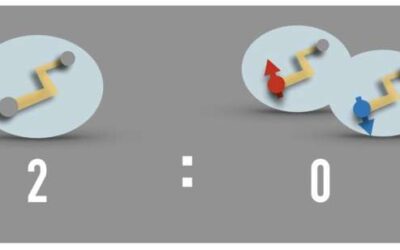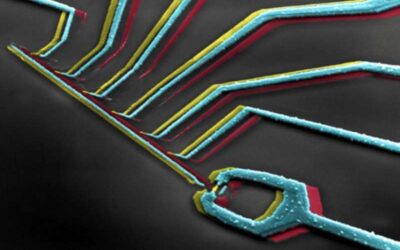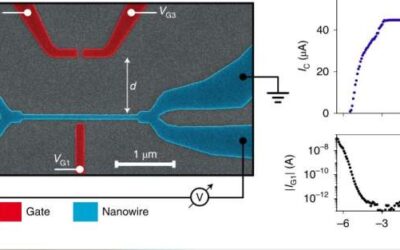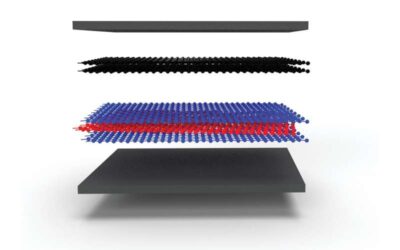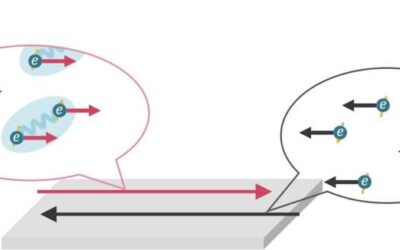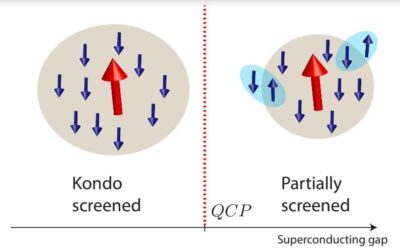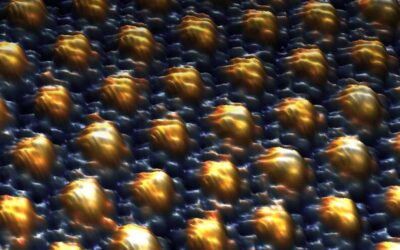Over the past few years, many physicists and material scientists have been investigating superconductivity, the complete disappearance of electrical resistance observed in some solid materials. Superconductivity has so far been primarily observed in materials that are...
Superperconductivity
A thermal superconducting quantum interference proximity transistor
Superconductors are materials that can achieve a state known as superconductivity, in which matter has no electrical resistance and does not allow the penetration of magnetic fields. At low temperatures, these materials are known to be highly effective thermal...
Study shows how superconductivity can be switched on and off in superconductors
Superconductors are materials that can enter a state of no electrical resistance, through which magnetic fields cannot penetrate. Due to their interesting properties, many material scientists and engineers have been exploring the potential of these materials for a...
Study improves the understanding of superconductivity in magic-angle twisted trilayer graphene
In recent years, physicists and material scientists have uncovered several new platforms for studying correlated phases of matter, such as superconductivity and the correlated insulator phase. Among them is magic-angle twisted trilayer graphene, a superconductor...
Study introduces the intrinsic superconducting diode effect
In 2020, Prof. Teruo Ono and his colleagues at Kyoto University reported the very first observation of a magnetically controllable, superconducting diode effect in an artificial superlattice. Their findings, published in Nature, paved the way for other studies...
Study predicts the behavior of a Kondo cloud in a superconductor
In recent years, many physicists worldwide have been investigating the behavior of hybrid nanostructures. These are systems that are typically made up of two or more materials. Special attention in this class of structures is paid to magnetic impurities interacting...
Study gathers evidence of topological superconductivity in the transition metal 4Hb-TaS2
Topological superconductors are a class of superconducting materials characterized by sub-gap zero energy localized modes, known as Majorana boundary states (MBSs). These materials are promising for the development of quantum computing technology.
The demonstration of ultrafast switching to an insulating-like metastable state
In recent years, physicists and electronics engineers have been trying to devise strategies to control or produce quantum states of matter in different materials. Such strategies could ultimately prove valuable for the development of new technological devices.
Research predicts the high-temperature topological superconductivity of twisted double-layer copper oxides
Two-dimensional (2D) materials, such as graphene or transition metal dichalcogenides, can sometimes be assembled into bilayers with a twist between individual layers. In recent years, many researchers have been investigating the properties of these twisted...
The Hall effect links superconductivity and quantum criticality in a strange metal
Over the past few decades, researchers have identified a number of superconducting materials with atypical properties, known as unconventional superconductors. Many of these superconductors share the same anomalous charge transport properties and are thus collectively...

